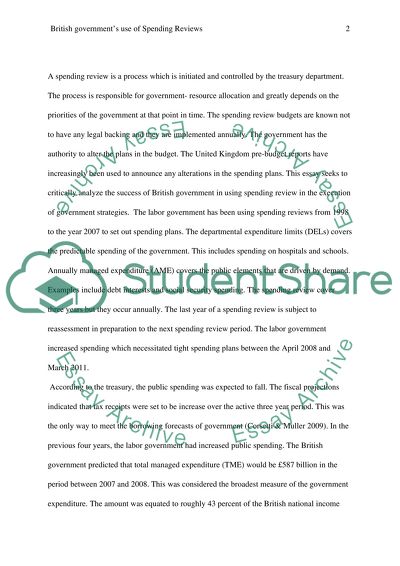Cite this document
(“Critically analyze how successful the British government's use of Essay - 2”, n.d.)
Critically analyze how successful the British government's use of Essay - 2. Retrieved from https://studentshare.org/finance-accounting/1466554-critically-analyze-how-successful-the-british
Critically analyze how successful the British government's use of Essay - 2. Retrieved from https://studentshare.org/finance-accounting/1466554-critically-analyze-how-successful-the-british
(Critically Analyze How Successful the British government'S Use of Essay - 2)
Critically Analyze How Successful the British government'S Use of Essay - 2. https://studentshare.org/finance-accounting/1466554-critically-analyze-how-successful-the-british.
Critically Analyze How Successful the British government'S Use of Essay - 2. https://studentshare.org/finance-accounting/1466554-critically-analyze-how-successful-the-british.
“Critically Analyze How Successful the British government'S Use of Essay - 2”, n.d. https://studentshare.org/finance-accounting/1466554-critically-analyze-how-successful-the-british.


